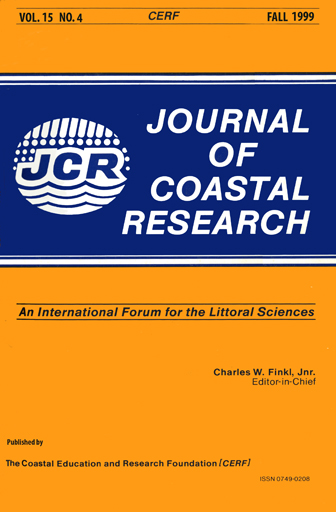Measurement Techniques of Shingle Transport in the Nearshore Zone
Keywords:
SGN method, surf zone, transmitting pebble, sediment transport.Abstract
New, innovative techniques are presented for the detection of shingle movement. A passive acoustic technique is used for the remote sensing of instantaneous gravel motion in shallow offshore areas. Noise created by the intercollision of moving particles (self-generated noise, SGN) is proportional to the transport rate. This approach is used in conjunction with measurements of waves and currents in the benthic boundary layer, to study processes associated with shingle transport. The SGN method can be used in tidally-dominated areas and those experiencing shoaling (nonbreaking) waves; its use in the surf zone (beaches) is limited, due to increased ambient noise levels caused by wave breaking. A new shingle tracing technique has been developed, based upon the implantation of a miniature electronic transmitter into a shingle particle (of the same shape and specific gravity as the indigenous sediment population). This "transmitting pebble" can be detected remotely over a beach, to depths of burial of up to 70cm, offering high (80%) recovery rates. Application of the techniques developed have demonstrated the enhancing role of the waves in offshore shingle transport processes; modification of existing (steady current) shingle transport formulae are suggested, for use in the marine environment. Longshore shingle transport, in the surf zone, can be calculated using the energy flux equation, originally derived for sand. The coefficient (K) is shown to be constant for gravel particle sizes (D50 > 2Omm) and equal to 0.017.Downloads
Published
1999-10-23
Issue
Section
Articles


